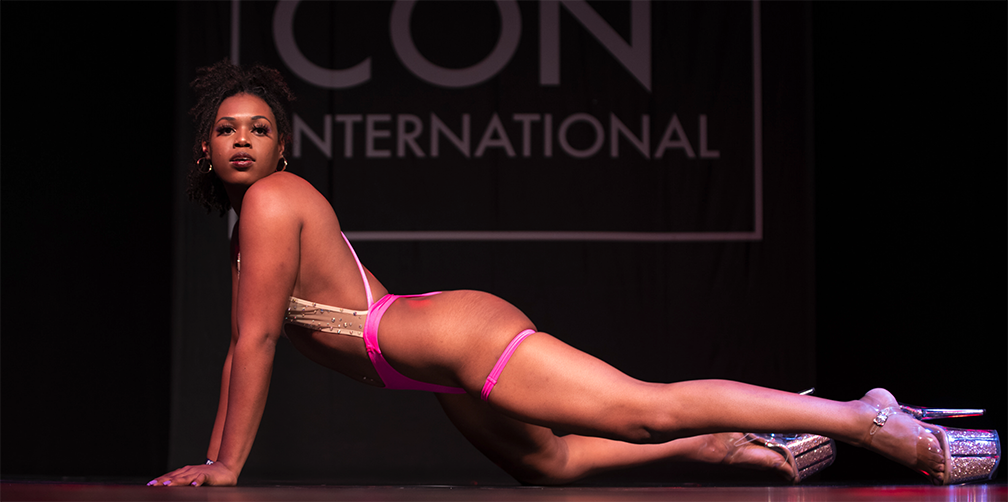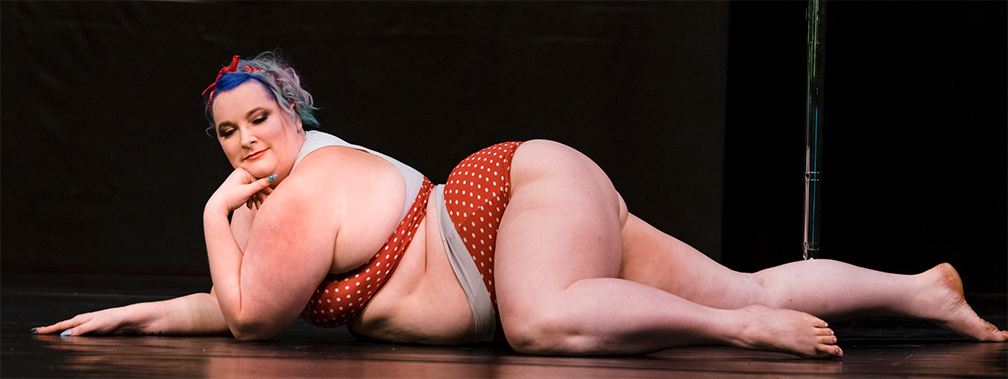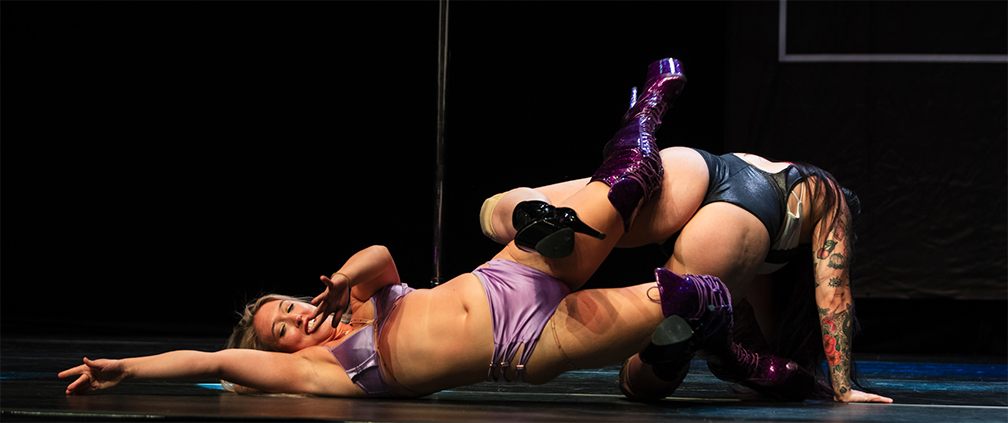
The Necessity of Being Flexy
Flexibility plays a large part in living your best life, and an even larger part in living your best pole life. It improves range of motion, reduces risk of injury, improves posture, and makes your pole tricks look bomb. The pursuit of greater flexibility gives you time and space to check in on yourself mentally, physically, and spiritually; allowing your practice to become a safe space for self-care. How does one align self-care with the goal of a pancake split? With the real goal being oversplits, and the ultimate goal being Cirque du Soleil contortion? Well, let’s first address the “why”.
Why do you want to be flexible? How flexible do you want to be? What do you expect to gain from your practice? A clear and heartfelt intention will be your rock when consistency doesn’t seem so attractive. It will help you prioritize your practice into your day, no matter what. This is huge because consistency is key and accountability is paramount. When setting your intention, make it a healthy combo of practical and aspirational. Thinking about that flat bow and arrow will push you sometimes, while thinking about squatting easily to play with your kid and/or pet will push you other times. The more you practice, you will become accustomed to the limber feeling in your body after a great stretch, and how it brings you back to life after an intense workout. Craving that feeling will also push you.
Being limber has its literal benefits in pole, as many tricks are unattainable without flexibility. On a deeper level, it comes into play with 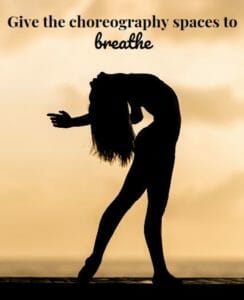 creating seamless choreography and maximizing each pole trick. There’s a big difference between “hitting” a trick and “marinating” in it. To me, “hitting” it is getting into the pose, and “marinating” is progressing the pose by fully extending each limb involved. It’s so easy to get caught up in the endless tricks you’ve been working on, and you want to show everyone what you’ve learned. ALL of it. As a result, one can forget that it is important to give the choreography space to breathe. I think that progressions and transitions play a huge part here. Allowing yourself to create an organic flow can leave the audience mesmerized. Flexibility helps transitions to be smoother and nearly undetected. The fluidity thereof is quite captivating. It also gives you time to incorporate your personality and connect with the audience; transporting them into the world that your piece has created.
creating seamless choreography and maximizing each pole trick. There’s a big difference between “hitting” a trick and “marinating” in it. To me, “hitting” it is getting into the pose, and “marinating” is progressing the pose by fully extending each limb involved. It’s so easy to get caught up in the endless tricks you’ve been working on, and you want to show everyone what you’ve learned. ALL of it. As a result, one can forget that it is important to give the choreography space to breathe. I think that progressions and transitions play a huge part here. Allowing yourself to create an organic flow can leave the audience mesmerized. Flexibility helps transitions to be smoother and nearly undetected. The fluidity thereof is quite captivating. It also gives you time to incorporate your personality and connect with the audience; transporting them into the world that your piece has created.
In the grand scheme of things, flexibility improves quality of life. I think that we underestimate the amount of daily tasks that require twisting, lifting, and bending. As a result, injuries can occur when your body is not prepared for these movements. Our bodies are meant to be limber because we are built to move. When flexibility is pursued with a regular practice, we are physically and mentally preparing ourselves for what life may throw at us. Even tasks that seem simple can cause injury if we are not prepared; playing around, turning over in bed, carrying groceries, etc.
Additionally, flexibility practice presents a form of active relaxation that  can improve one’s mental and physical state. It can allow you to feel more free, open, calm, content, and confident from the inside out. Breathing patterns play a large part in maximizing range of motion. During your practice, you will notice that deep breathing allows you to relax your muscles and gradually sink deeper into your stretch. Your regular practice can also assist you with stress management and finding your center. This is especially important in our fast-paced, electronically-driven lives. Take some time for yourself and just breathe.
can improve one’s mental and physical state. It can allow you to feel more free, open, calm, content, and confident from the inside out. Breathing patterns play a large part in maximizing range of motion. During your practice, you will notice that deep breathing allows you to relax your muscles and gradually sink deeper into your stretch. Your regular practice can also assist you with stress management and finding your center. This is especially important in our fast-paced, electronically-driven lives. Take some time for yourself and just breathe.
Flexibility also improves athleticism, and pole dancers are in fact athletes. Don’t let anyone tell you otherwise! Yes, being flexible helps avoid injury from daily activities. If we take that a step further, we will see that it also helps to avoid injury in your pole practice. The essence of beauty in pole is the creation of shapes and lines with your body. In order to successfully achieve this, you must be in tune with your body. Flexibility training assists you with becoming the artwork on the canvas that is the pole; recognizing subtle tweaks you can make with your body that make a big difference with the shape that you are creating.
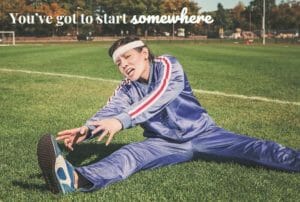 The reality of it is that some people are naturally more flexible than others. Don’t let comparison discourage you because everyone has a different starting point. You’ve got to start somewhere, so here and now works.
The reality of it is that some people are naturally more flexible than others. Don’t let comparison discourage you because everyone has a different starting point. You’ve got to start somewhere, so here and now works.
Here are 10 tips for a healthy flexibility practice:
- Always warm up first. Always. When your body and muscles are warm, you’ll get a better range of motion and the stretch will feel better. Stretching from cold is more likely to result in injury.
- The focus should be on bringing the muscle to a point of slight tension, but it should never be painful. Continue a deep breathing pattern throughout the stretch.
- Stretch while completing sedentary activities like watching tv or listening to music.
- Have a few moves in mind as goals to guide your practice. Without having a particular move in mind, you have no progress checkpoints.
- Ask an instructor to check and correct your form; avoid becoming disheartened down the line when your form is corrected and you’re actually farther away than you thought.
- Take yoga classes for breathing and form practice, as well as developing a personal flow.
- Work some cardio into your regimen. I have found that range of motion is much greater after an intense cardio workout, compared to after a warm-up.
- Be consistent and think of this in a long-term perspective. Relapses can happen quicker than estimated.
- Track your progress because you’d be surprised what can be forgotten. Seeing progress written down is encouraging and also holds you accountable.
- Celebrate your wins every step of the way, but don’t rest on your laurels.
Give yourself time to see progress, and stay the course. It won’t be easy, but nothing worth achieving is. Enjoy the ride because your body and mind will never be the same!
- What happens when you have to step away from pole? - December 7, 2018
- The Necessity of Being Flexy - October 19, 2018
- How to “settle in” as a new poler! - October 5, 2018
